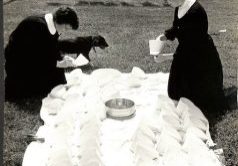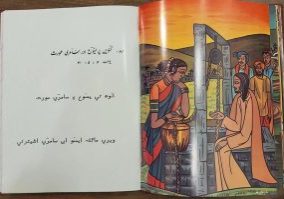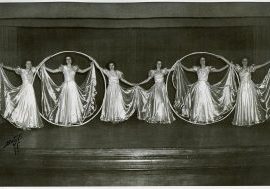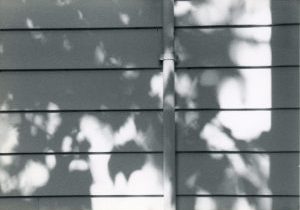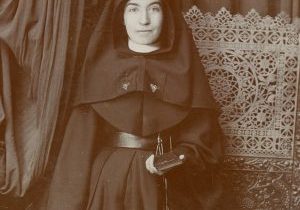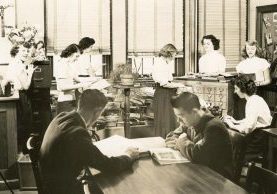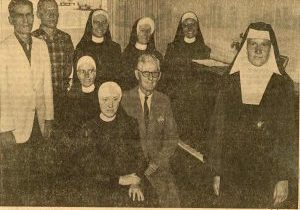Archives
What Are Archives?
Similarly to how libraries collect books and museums collect objects, archives collect documents and other important papers. Although we collect these materials in order to preserve them for research and use, they cannot be checked out like books in a library. Similarly, the stacks where the boxes of papers are kept are closed; so browsing the shelves is not possible.
Instead, we ask that researchers arrange to visit our research room and request to view materials. An archivist will assist you in finding materials to view. A full description of our reading room policies can be found in our Researcher Registration Form.
You can contact our Heritage Center Team with questions or research requests using the following form.
Who We Are
All archives collect documents based on their focus and policies as outlined in their mission. Here at the Loretto Heritage Center, we are committed to collecting, preserving, and sharing the history of the Loretto Community. The Heritage Center shares the stories of Loretto to foster connections to the past that inspire grounding for the future.
In the archives, this means that we save documents relating to the organizational operation of the community. It also means that we collect and preserve the unique stories of the individuals who have comprised Loretto since 1812.
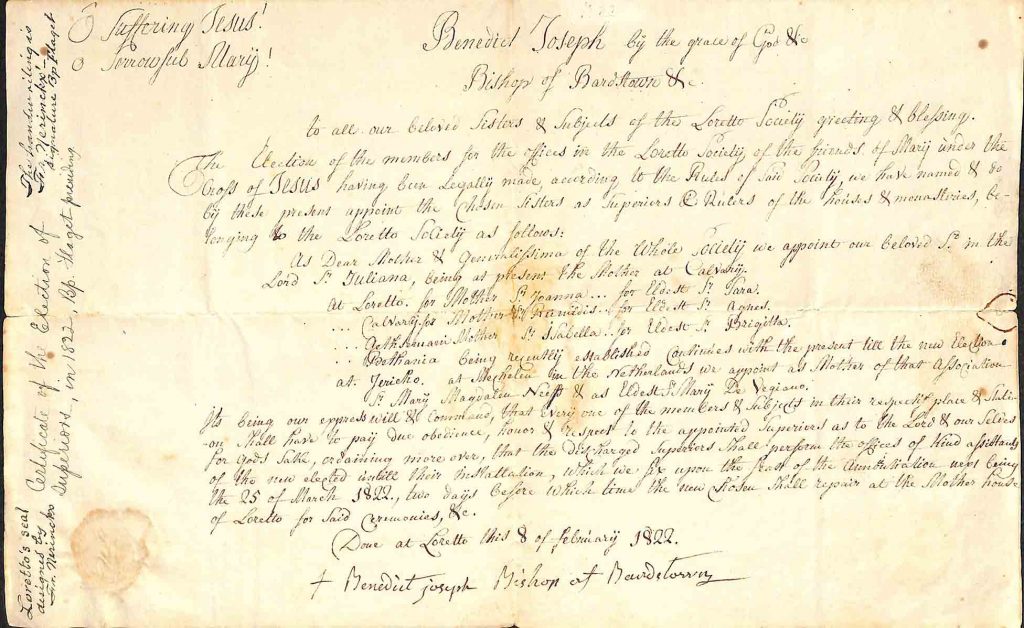
Our Collections
In our collections you can find the memoirs of past sisters, the Superior General’s administrative papers, photos, school materials, and even student workbooks showcased at the Chicago World’s Fair! We are working on getting our finding aids online and searchable for you, so check back soon.
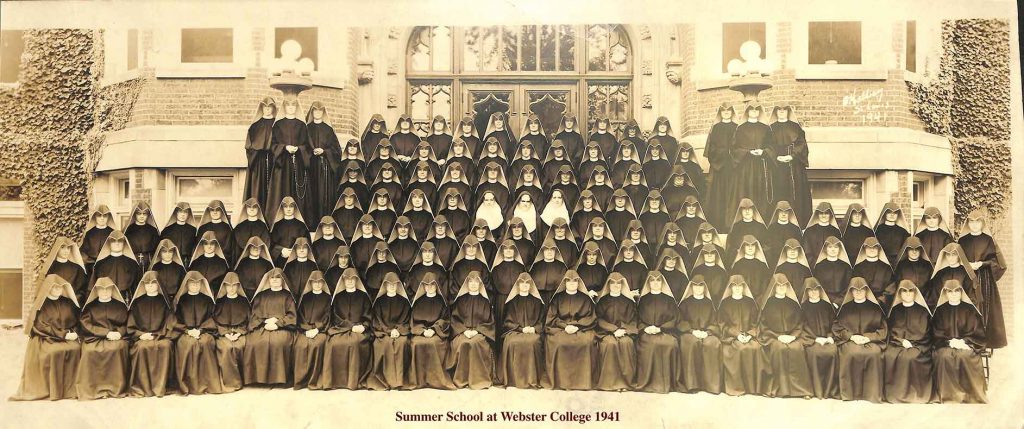
We are also in the process of digitizing our photograph collection, which includes at least 40,000 images. Click here to view the photographs that have been digitized so far.



